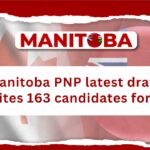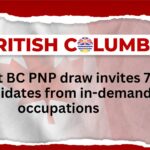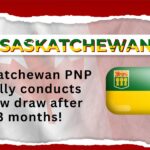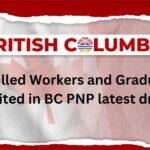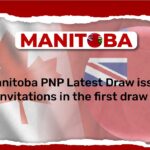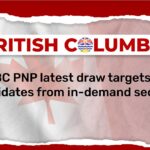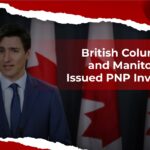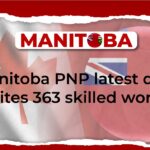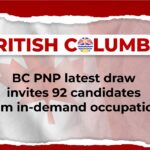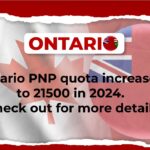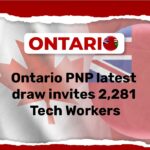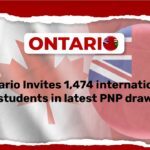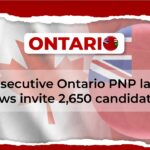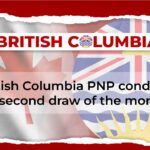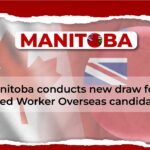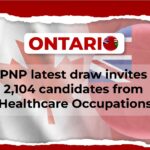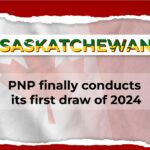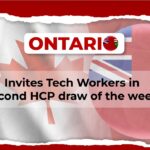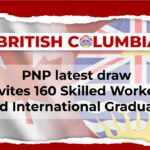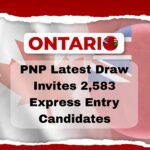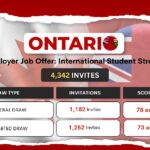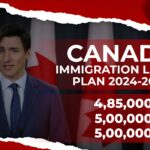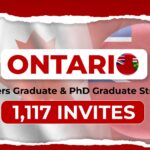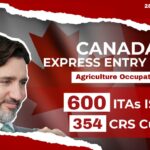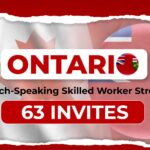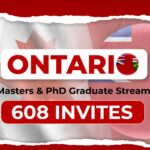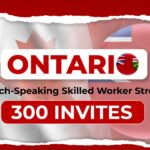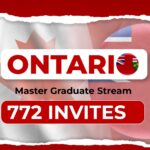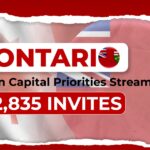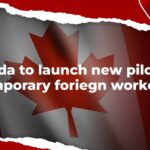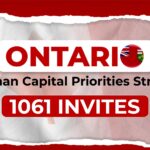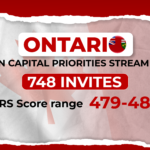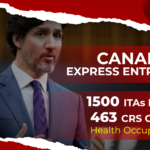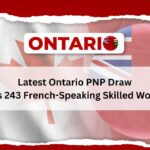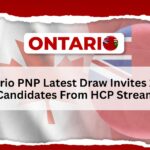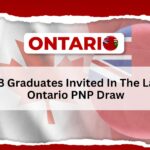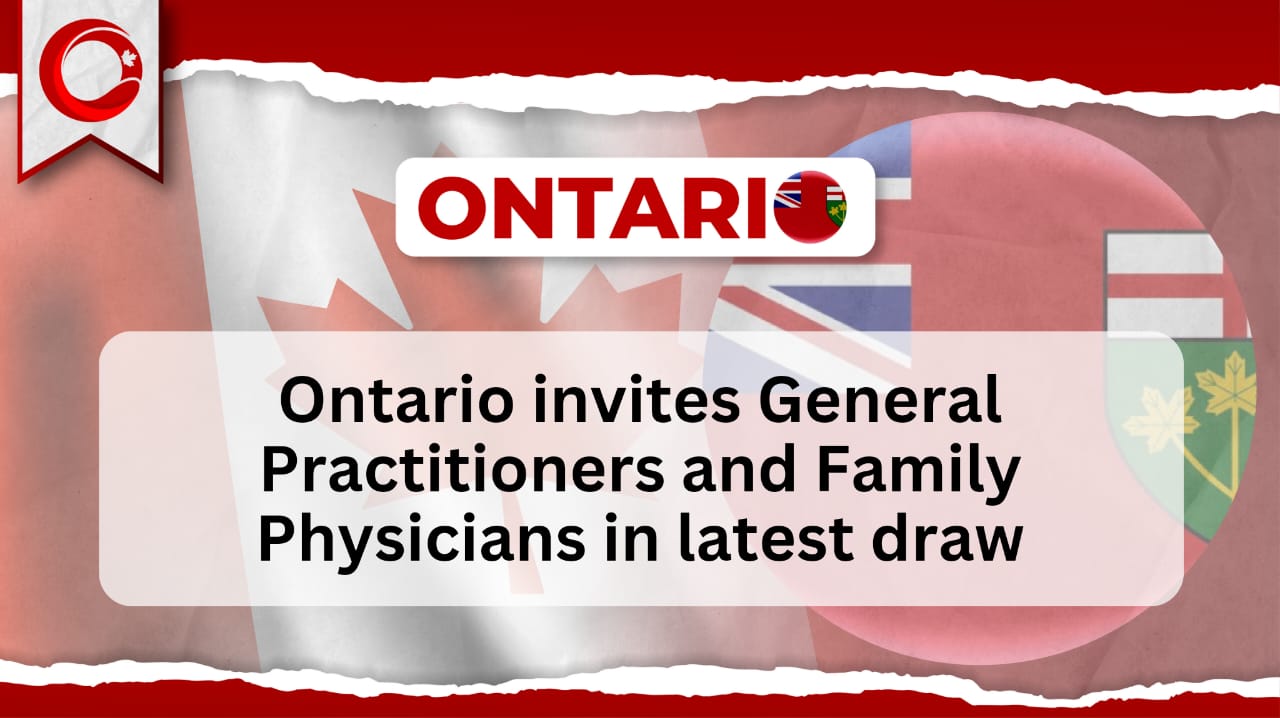Table of Contents
- Ontario Invites Practitioners and Physicians
- The Healthcare Landscape in Ontario
- Ontario Immigrant Nominee Program (OINP)
- The Latest Draw: A Focus on Healthcare
- Eligibility and Selection Criteria
- Impact on Ontario’s Healthcare System
- Challenges and Considerations
- Closing Thought
Ontario Invites Practitioners and Physicians
In a bid to address the growing demand for healthcare services, the Ontario Immigrant Nominee Program (OINP) has announced a targeted draw inviting General Practitioners (GPs) and Family Physicians. This initiative reflects the province’s commitment to strengthen its healthcare workforce and ensuring that residents have access to high-quality medical care.
The Healthcare Landscape in Ontario
Ontario, Canada’s most populous province, has been grappling with a shortage of healthcare professionals, particularly in rural and underserved areas. The COVID-19 pandemic has further highlighted the critical need for more medical practitioners to manage the increased patient load and provide comprehensive healthcare services. As the population ages and chronic conditions become more prevalent, the demand for GPs and Family Physicians is expected to rise significantly.
Ontario Immigrant Nominee Program (OINP)
The OINP is a key component of Ontario’s immigration strategy, designed to attract skilled workers, entrepreneurs, and international students to the province. Through various streams, the program targets individuals who possess the skills and experience needed to contribute to Ontario’s economy and address labor market gaps. The Human Capital Priorities Stream, under which the latest draw for GPs and Family Physicians falls, is particularly focused on professionals with high-demand skills.
The Latest Draw: A Focus on Healthcare
The recent draw conducted by the OINP is a targeted effort to attract medical professionals, specifically General Practitioners and Family Physicians. This draw is part of Ontario’s broader strategy to improve healthcare accessibility and quality across the province. By inviting these professionals, Ontario aims to fill critical vacancies in its healthcare system and ensure that all residents receive timely and effective medical care.
Eligibility and Selection Criteria
To be eligible for the draw, candidates must meet specific criteria set by the OINP. These include:
Educational Qualifications: Candidates must have completed a recognized medical degree program and have a valid license to practice as a General Practitioner or Family Physician.
Work Experience: Applicants are required to have substantial work experience in their field, demonstrating their capability to provide high-quality medical care.
Language Proficiency: Proficiency in English or French is essential to ensure effective communication with patients and colleagues.
Express Entry Profile: Candidates must have an active profile in the federal Express Entry system, which manages applications for permanent residency.
The selection process is competitive, with priority given to those who not only meet the basic eligibility criteria but also have additional attributes such as advanced medical training, experience in underserved areas, and strong ties to Ontario.

Impact on Ontario’s Healthcare System
The targeted invitation of GPs and Family Physicians is expected to have a significant impact on Ontario’s healthcare system. Here are some potential benefits:
Improved Access to Care: By increasing the number of medical practitioners, Ontario aims to reduce wait times and ensure that residents can access medical care when needed. This is particularly crucial in rural and remote areas, where healthcare services are often limited.
Enhanced Quality of Care: With more GPs and Family Physicians, Ontario can offer more personalized and continuous care to patients. This can lead to better management of chronic conditions, improved patient outcomes, and overall better public health.
Support for Public Health Initiatives: The influx of skilled medical professionals can support public health initiatives, such as vaccination campaigns, disease prevention programs, and health education. This can help mitigate the impact of public health crises and promote healthier communities.
Economic Benefits: Attracting highly skilled professionals can have positive economic implications. It can create jobs, stimulate local economies, and make Ontario a more attractive destination for other skilled immigrants.
Challenges and Considerations
While the targeted draw for GPs and Family Physicians is a positive step, it is not without challenges. Some of the key considerations include:
Integration and Retention: Ensuring that new medical professionals are successfully integrated into the healthcare system and retained in the long term is crucial. This involves providing adequate support, such as mentorship programs, continuing education opportunities, and resources for professional development.
Licensing and Certification: Navigating the licensing and certification process can be complex and time-consuming for internationally trained physicians. Streamlining this process and providing clear guidance can help expedite their entry into the workforce.
Addressing Regional Disparities: While increasing the overall number of GPs and Family Physicians is important, it is equally vital to address regional disparities in healthcare access. Incentives and support for practitioners willing to work in underserved areas can help distribute medical services more equitably across the province.
Ontario PNP Latest Draw – Results

Closing Thoughts
The OINP’s latest draw inviting General Practitioners and Family Physicians is a strategic move to strengthen Ontario’s healthcare system. By attracting skilled medical professionals, the province aims to improve access to care, enhance the quality of healthcare services, and support public health initiatives. However, addressing the challenges of integration, licensing, and regional disparities will be key to ensuring the long-term success of this initiative.
As Ontario continues to navigate the complexities of its healthcare landscape, initiatives like these demonstrate a proactive approach to meeting the needs of its residents. By investing in its healthcare workforce, Ontario is taking crucial steps towards building a healthier, more resilient future for all its inhabitants.


